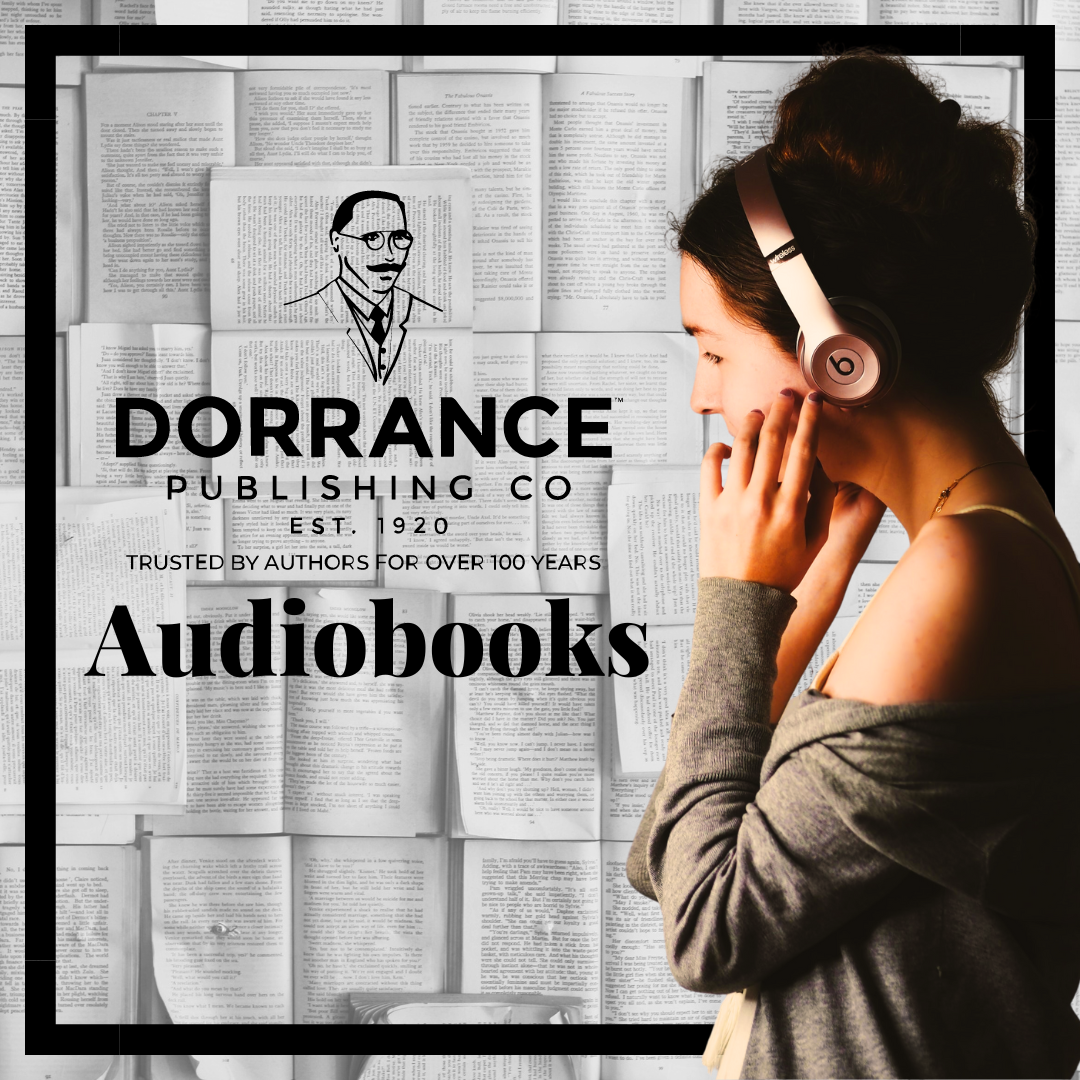A Brief History of Audiobooks
Did you know June is Audiobook Appreciation Month?
To celebrate, here is a brief history of audiobooks.
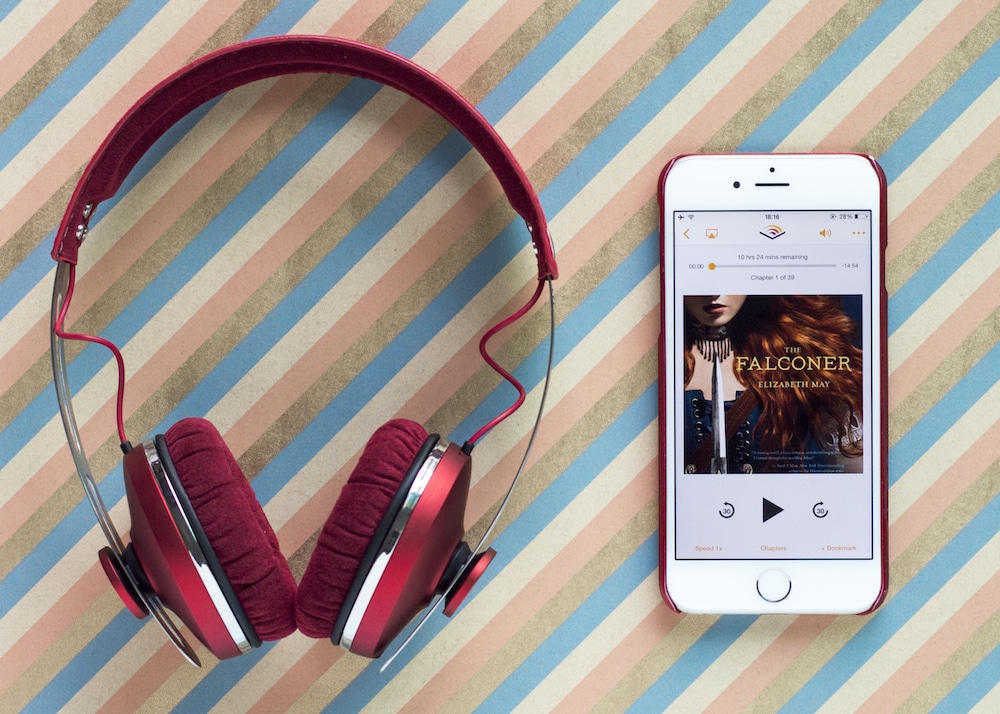
Audiobooks can be traced back to spoken word albums, or recordings of people reading.
Before CDs, digital files, cassettes, phonograph recordings of spoken word existed. But due to size constraints, these were political readings, plays, or poetry, but not books. Early phonograph recordings could not be more than 12 minutes long. As the technology of vinyl improved, recordings could be longer, but audiobooks still weren’t popular or an established industry. Post World War II, companies dedicated to recording books for the vision impaired as well as school aged children popped up. These are regarded as the first audiobook companies. Recordings of books mostly existed in the educational spoken word genre for schools and libraries.
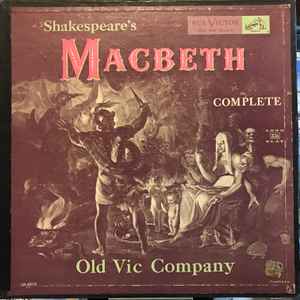
(A recording of Macbeth from 1953. Via Discogs)
The term “audiobook” came into use in the 1970s, when the idea to record full books came about. The advent of cassette tapes made recording full books easier. The famous Sony Walkman and cassette players in cars meant that people could take these recordings on the go. They were expensive, though – one full book could be a dozen tapes and cost as much as $300.
In the 1970s, more companies dedicated to audiobook production came about. Many began using professional voice actors for their narrations. The books were often abridged, aka shortened from their print versions.
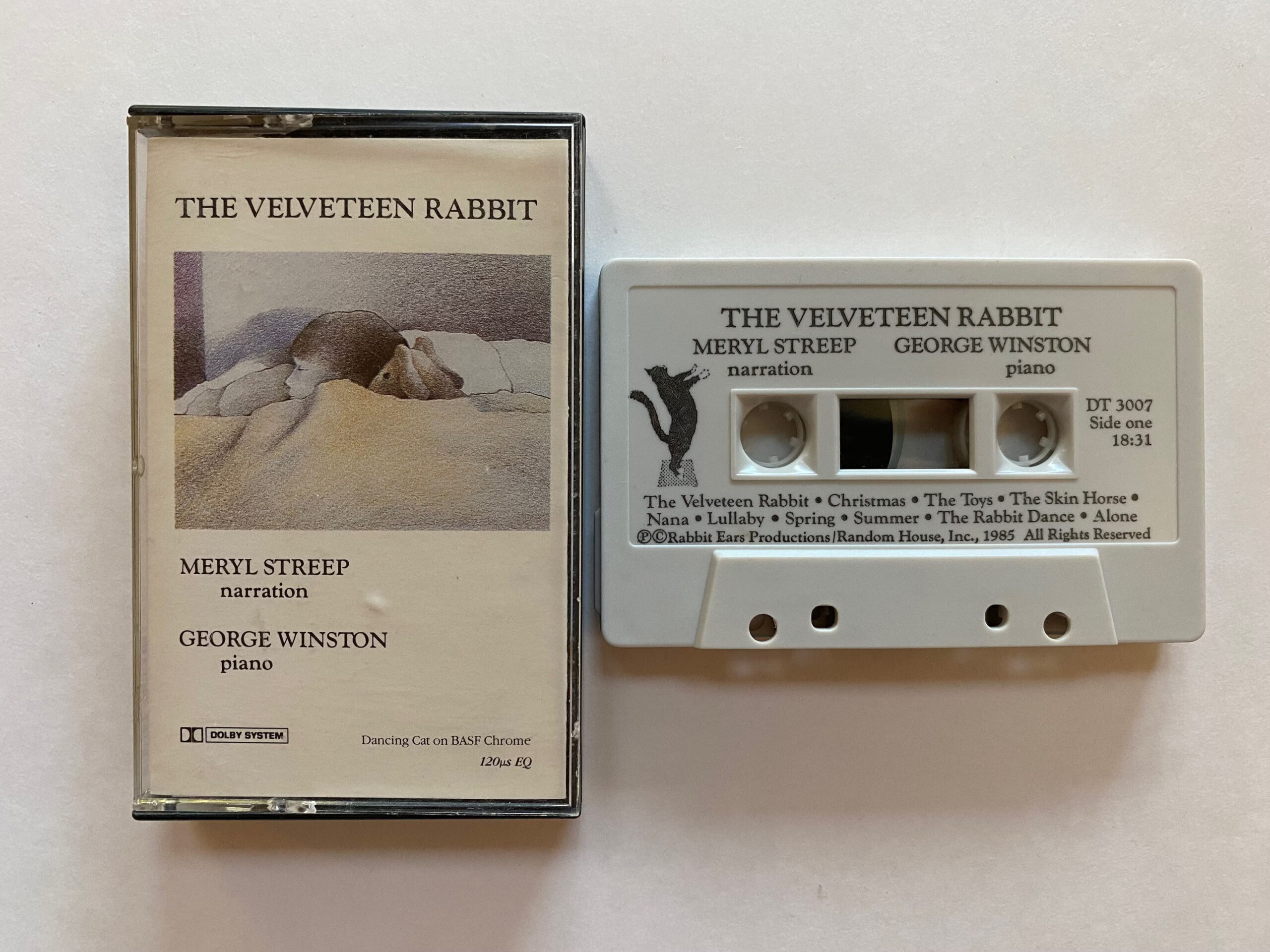
(A cassette recording of The Velveteen Rabbit, narrated by Meryl Streep, from 1985. Via Etsy.)
By the 1980s, the medium had grown into a viable segment of the publishing market. By the end of 1987, the audiobook market was estimated to be a $200 million market, and audiobooks on cassette were being sold in 75% of regional and independent bookstores surveyed by Publishers Weekly. By August 1988 there were forty audiobook publishers, about four times as many as in 1984.
With the internet and digital file sharing in the 1990s, the audiobook exploded. Now it was easier than ever to produce and share recordings of people reading books. In fact, one of the first mp3 players on the market was made by Audible for the purpose of listening to audiobooks!
In 2005, public domain audiobook production organization LibriVox was created, which produces audiobooks of books in the public domain and allows access to them for free.
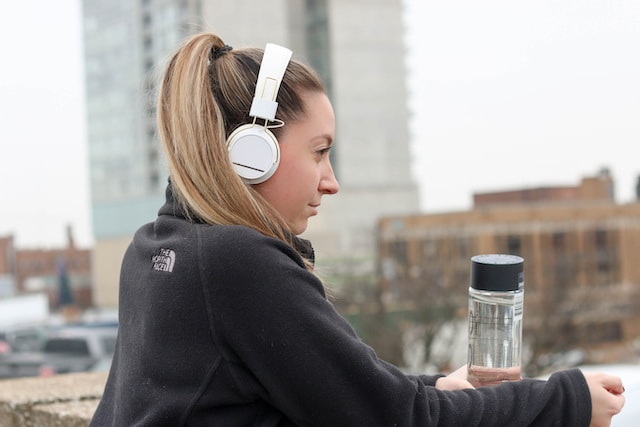
Up until the mid-2010s, audiobooks were typically listened to on mp3 players, one’s computer, or CDs. However, with the smartphone surging in popularity, it soon became the go-to place for audiobooks.
In the late 2010s and early 2020s, the audiobook continues to increase in popularity. According to Wikipedia:
In 2018, approximately 50,000 audiobooks were recorded in the United States with a sales growth of 20 percent year over year. U.S. audiobook sales in 2019 totaled 1.2 billion dollars, up 16% from the previous year. In addition to the sales increase, Edison Research’s national survey of American audiobook listeners ages 18 and up found that the average number of audiobooks listened to per year increased from 6.8 in 2019 to 8.1 in 2020.
The audiobook had humble beginnings and has turned into one of the most popular ways to read a book. Who knows where the audiobook will go in the future!
(Source)
Want to turn your book into an audiobook for millions to hear? Click here!
